In this article, I explain my thoughts on preserving the naturalness of nature photographs and the importance of considering the whole image and the natural relationships of elements in a natural post-processing pipeline.
Before I get into the subject, I want to tell you one important thing. This article is about those photos that were made to restore reality or at least to get close to it. Fine art, very abstract and artistic images are exceptions because their purpose is a little different, they are other ways of self-expression.
 Beautiful landscapes by Albert Dros
Beautiful landscapes by Albert Dros
You might now ask, why do I even talk about post-processing if I want to show things as they are? Well, cameras don’t give you the exact same picture of reality. It depends on the camera settings, the brand, the technology inside, and many other factors. Some cameras produce a slight color cast, some take flat images, and so on. The same goes for lenses.
Therefore, in many cases, images require some post-processing to look their best.
Why is nature…
Nature has its natural beauty. What happens in nature is the basis of almost everything. Artificial objects are usually made of things observed in nature. We are living creatures, part of nature, so we are close to nature. We can decide if something is unnatural to us. How things work, how they look, or how phenomena are formed is not accidental.
When we try to show this beauty, we have to preserve its natural evolution and how it looks from your perspective at that moment.
 Keeping it natural – Photo by Rupert Kogler
Keeping it natural – Photo by Rupert Kogler
If the change is excessive, the result will look unnatural and unnatural, losing the magic and wonder of nature, and it will no longer be a testament to reality, but something unrealistic that presents someone’s fantasy world.
As for post-processing, settings like over or under saturation, high contrast, weird colors, etc. can change the overall impression and easily ruin it. If you want to avoid common post-processing mistakes, check out this article.
Unfortunately, if changing the global settings carefully is not enough, there is another set of modifications that need to be done meticulously, namely local adjustments.
Everything I mentioned above also falls into this category. However, local adjustments have another quality that affects the image: the changes are applied locally.
Why local adjustments can be a problem in natural post-processing…
You see, in nature, things are naturally formed and they interact in natural ways. Lights and darks, colors, contrasts and shadows are defined by light, space, imperfections, etc. They are all part of the bigger picture. It is natural. However, when you change only certain elements of the system, the balance is lost and symbolic perversions may result.
There is no doubt that local variations can be really useful in certain situations if we use them wisely, however, do not forget to use them very carefully.
All in all, if you enjoy showing the reality of nature, you will probably achieve it more easily by focusing on these ideas.
Of course, these are my opinions, so if you have any thoughts or disagreements, or just want to talk about it, feel free to leave a comment below.
Copy this article Natural post-processing for natural images – natural naturalness
please put the source on the website svlsf.edu.vn
Categories: Biography
Source: svlsf.edu.vn
